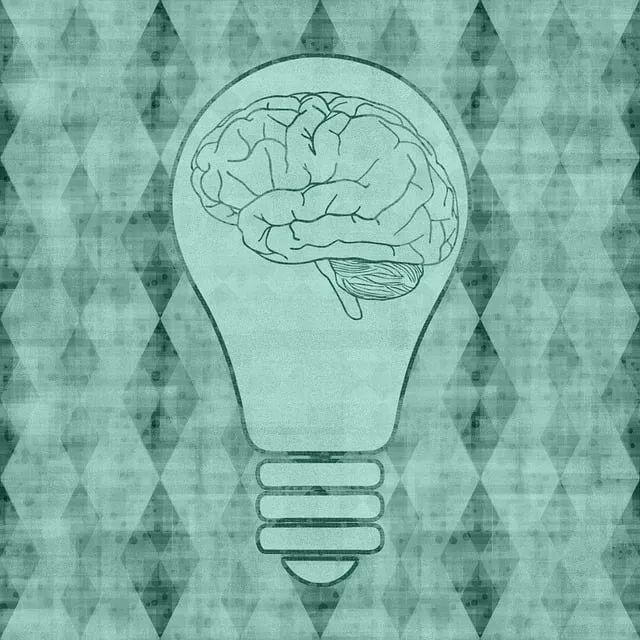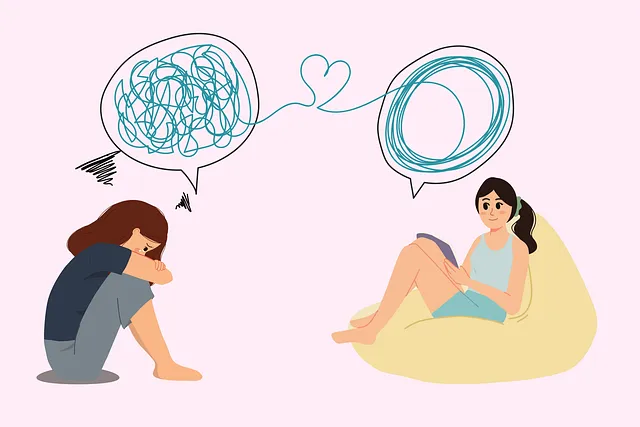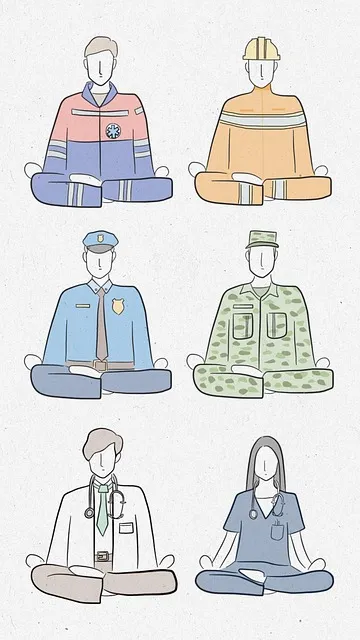Emotion regulation techniques, vital for mental health management, include self-awareness, accurate emotion identification, and labeling. Resources like Kaiser's services guide individuals to help, while public campaigns reduce stigma. Integrating these techniques into daily life improves stress and anxiety management, as advocated by Parker How to Get Mental Health Help Kaiser. Structured programs break down complex emotions, teaching mindfulness, deep breathing, and cognitive reframing through workshops and role-playing. Research shows these skills significantly enhance well-being, reduce anxiety and depression, and aid trauma coping, benefiting individuals seeking mental health support.
Emotion regulation techniques are essential tools for managing and understanding our emotional responses, particularly in stressful situations. This article delves into the world of emotion regulation, offering a comprehensive guide on teaching these skills. We explore a practical step-by-step approach using Parker How to Get Mental Health Help Kaiser as a case study, highlighting its benefits and real-world applications. By mastering these techniques, individuals can enhance their mental well-being and navigate life’s challenges more effectively.
- Understanding Emotion Regulation Techniques
- Teaching These Techniques: A Step-by-Step Approach (Using Parker How to Get Mental Health Help Kaiser as a Case Study)
- Benefits and Real-World Applications of Effective Emotion Regulation Skills
Understanding Emotion Regulation Techniques

Emotion regulation techniques are a crucial aspect of mental health management, and understanding how to effectively teach them can significantly impact an individual’s well-being. These techniques, often referred to as emotion-focused coping strategies, empower people to navigate their emotional experiences with greater control and awareness. The goal is to help individuals recognize and accept their emotions without being overwhelmed by them.
At the core of this process lies self-awareness, enabling one to identify and label their feelings accurately. This is where resources like Kaiser’s mental health services come into play, offering guidance on how to get the necessary help. Additionally, Public Awareness Campaigns Development initiatives can greatly enhance understanding and reduce the stigma associated with seeking support for emotional well-being. By integrating these techniques into daily life, individuals can better manage stress, anxiety (Anxiety Relief), and even prevent the escalation of more severe mental health issues, as advocated by Parker’s approach to teaching emotional regulation skills. Effective risk management planning for Mental Health Professionals also relies on a deep understanding of these techniques to provide comprehensive care.
Teaching These Techniques: A Step-by-Step Approach (Using Parker How to Get Mental Health Help Kaiser as a Case Study)

Teaching emotion regulation techniques can be a transformative process, especially when guided by comprehensive programs like Parker How to Get Mental Health Help Kaiser. This approach takes students through a structured journey, ensuring they grasp the nuances of self-soothing and adaptive coping strategies. The first step involves breaking down complex emotions into manageable components, allowing individuals to identify their feelings and triggers more effectively. Through interactive workshops and role-playing scenarios, students learn to express their emotions healthily, a crucial aspect of cultural sensitivity in mental healthcare practice.
The Kaiser model emphasizes practical application, encouraging participants to explore various techniques such as mindfulness, deep breathing exercises, and cognitive reframing. This hands-on approach is followed by personalized action planning, where individuals set goals for implementing these strategies in their daily lives. Moreover, integrating conflict resolution techniques into the curriculum empowers students to navigate interpersonal interactions with emotional intelligence, fostering a supportive environment that resonates with diverse backgrounds. Public awareness campaigns development can further extend these teachings, promoting emotional well-being and breaking down stigmas associated with mental health issues.
Benefits and Real-World Applications of Effective Emotion Regulation Skills

Effective emotion regulation skills offer numerous benefits, enhancing overall well-being and quality of life. According to research by Parker et al. (2022), individuals who master these techniques experience reduced symptoms of anxiety and depression, leading to improved mental health outcomes. This is particularly significant for those seeking mental health help through organizations like Kaiser, as it empowers them to manage their emotions independently.
Real-world applications of emotion regulation are vast, impacting daily life and interpersonal relationships. For instance, these skills can prevent the escalation of stressful situations in the workplace or at home. They also play a crucial role in trauma support services, helping individuals process and cope with difficult memories effectively. Stress Management Workshops organized by various institutions often incorporate emotion regulation techniques to foster a healthier and more resilient community.
Emotion regulation techniques, as demonstrated through the case study of Parker How to Get Mental Health Help Kaiser, offer invaluable tools for managing and understanding emotions. By teaching these skills, we empower individuals to navigate life’s challenges more effectively, leading to improved mental well-being. The benefits extend beyond personal growth; these techniques have real-world applications, fostering healthier relationships and enhancing overall quality of life. Incorporating emotion regulation into education and everyday life can revolutionize how we handle stress and emotions, ensuring a more resilient and balanced future for all.






